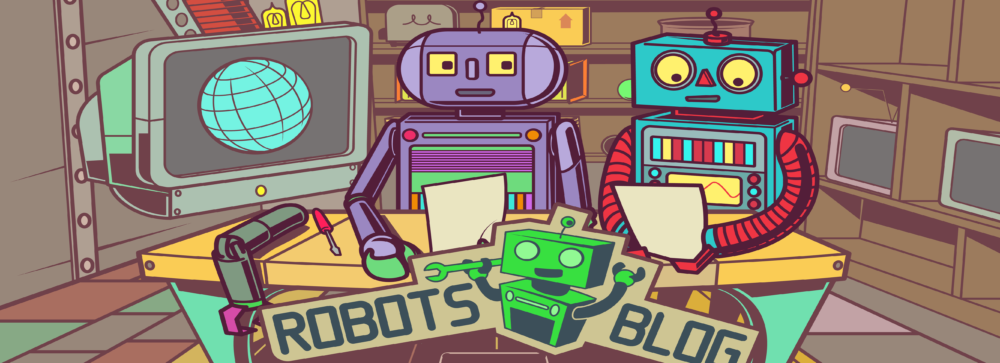Everybody who has ever designed and built a robot by him self knows about the difficulty by building special components like sensor holders, adapters or axes bearings . Either you have to pay a huge amount of money to a company that is willing to build small product series on it or , which is more common you build them by your self and spend a lot of time on prototyping and manufacturing tasks, and then build it by hand. For the last option the usage of a 3D-printers can speedup the process.
Generally spoken is a 3D-Printer an industrial robot with several degree of freedoms, that is moving an extruder and injects either plastic or metal in a way that a plastic or metal object (the prototypes) are created. This technology allows therefore to print physical objects. By using this technology, the coast of one object/prototype are dramatically shrinking. More or leas the coast of one object is given by the material coasts and the time which is needed to build a CAD-Design of the object.
The major drawback of 3D-Print is the acquisition costs. Professional printer can easily coast more then 20.000€. But there is hope. The open source project RepRap allows us to build our own 3D-Printer by coast round about 500€. RepRap stands for Replicating Rapid-prototyper and is a hardware open source project. Like the big industrial machines does this project support a easy way do build your first prototypes.
RepRap from Adrian Bowyer on Vimeo.
Mendel’s improvements over Darwin from Rep Rap on Vimeo.
Of course there is also darkness. The RepRap-hardware is currently on the state of the industrial machines from 5 years ago. For example does the open source version not support to printing two type of material simultaneously. But this is extremely usefully if you have to build object with huge holes, which would collapse if there is no filling material inside that will be removed later.
But still this technollogy makes prototyping that easy and quick that it is worth to give it a try.
Updated:
The „Elektrischer-Reporter“ (German) has a reportage of the background and the ideas for the close future on 3D-Printing and homemade products. The basic stadement is an upcoming change of production lines. Every customers will be also a small factory and an upcoming market of „digital construction plans“ will showup.
